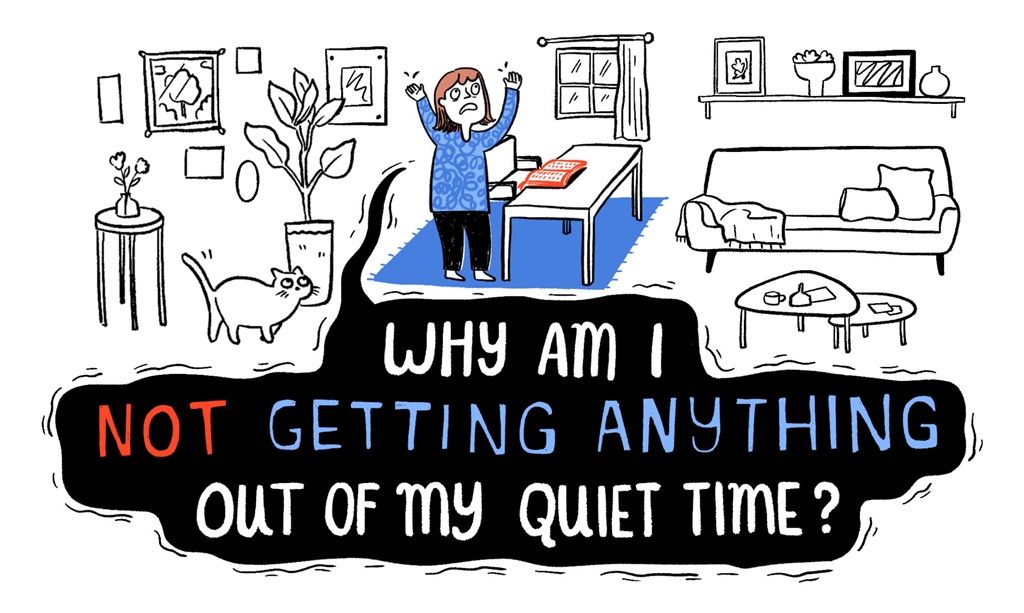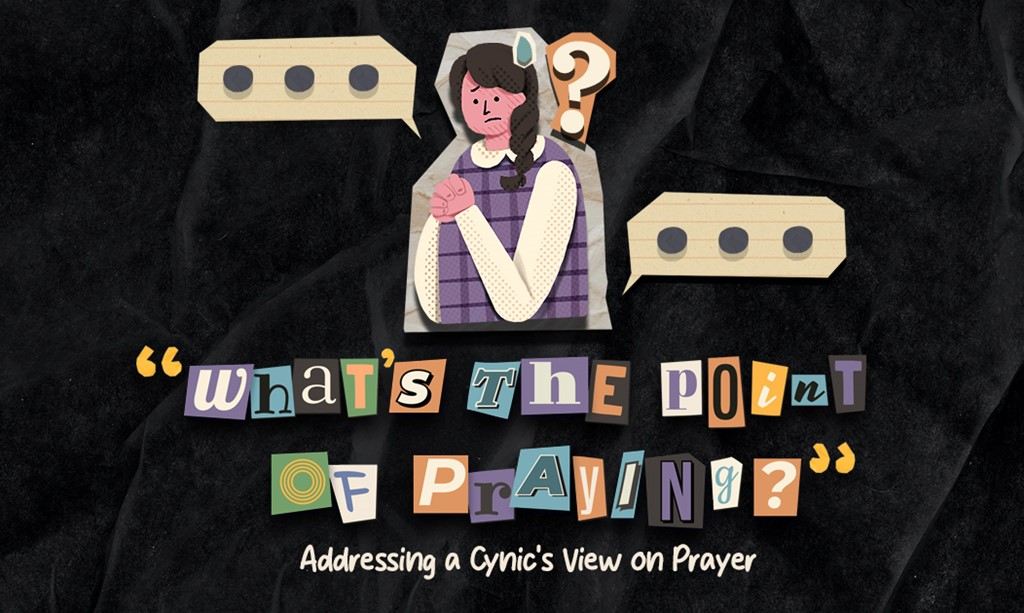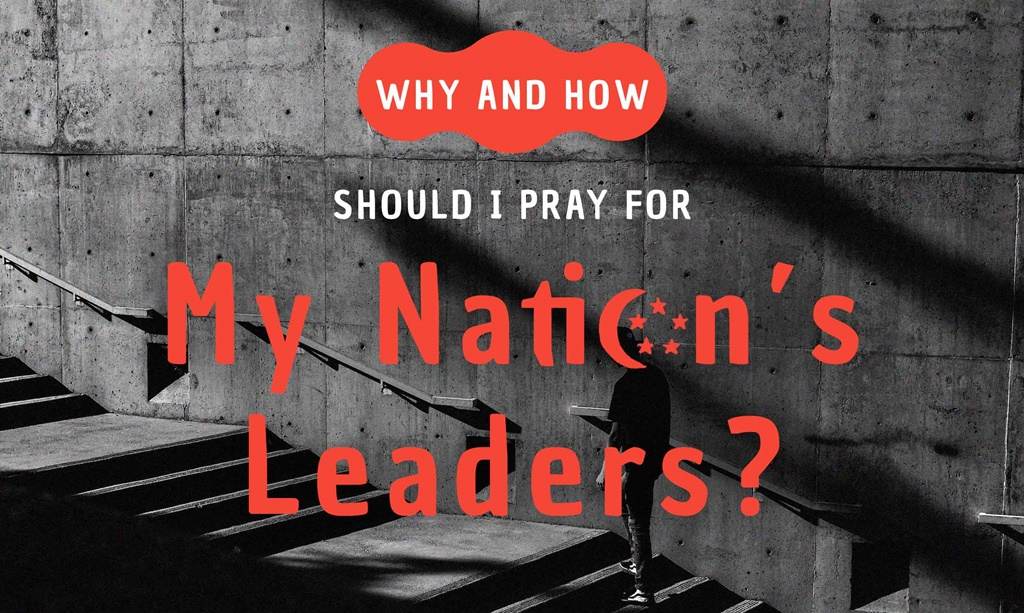
As churches resume on-site services, some of us may be wondering if we really need to go back to church physically. With the current restrictions on corporate singing and fellowship, we may ask: “What’s the point of going to church when we can’t sing and fellowship?”
That is indeed a valid question if we see church as just a “one-directional” service that doesn’t involve any real communion between fellow believers.
In some ways, Covid-19 has been a divine disruption that has forced us to rethink what church is all about, and to reconsider our approach to attending church services. Instead of seeing ourselves as “going to church”, perhaps we should consider the question: What is “being church”?
When Christ died and rose again, He formed a new spiritual family which is not bound by biological or cultural ties (Galatians 3:28). As believers, we are now all brothers and sisters in Christ. Therefore, the relationship with believers outside our biological family becomes an important part of our faith.
A core activity of this spiritual family is to fan the flame of love and good works in each other. We are to spur one another towards loving God, loving one another, and loving others. To fulfil this mandate of “one-anothering”, as laid out in Hebrews 10:24–25, meeting together is an important means.
This passage exhorts us: “Let us consider how we may spur one another on towards love and good deeds, not giving up meeting together, as some are in the habit of doing, but encouraging one another—and all the more as you see the Day approaching.”
I believe that live-streaming services cannot serve the “one-anothering” mandate effectively, as it is not sufficient to sing alone, pray alone, and listen to sermons alone. No matter how rich we may feel our private experience with God is, it is not complete without the community. We cannot practise our faith in silos—and we cannot depend on live-streaming as the only means for church-body life.
The Value of Physical Connections
Physical connection is vital to the Christian faith. While meeting online is better than not meeting at all, online interaction cannot replace the many dimensions of face-to-face interaction.
When we meet in person, our connection goes beyond spoken words. Non-verbal cues like body language, facial expressions, and gestures make our conversation significantly richer. These subtleties are usually lost in electronic platforms.
Consider how meeting physically in church compares with live-streaming services and meeting online:
Fellowship
We encourage one another with spoken words accompanied with non-verbal cues, which make our conversations richer. On social media and video chats, we can still have meaningful exchanges, but non-verbal cues will be muted. And if we’re watching a service on live-streaming at home on our own, there is no fellowship at all.
Praying Together
When we pray together physically, we support each other’s prayers in agreement, with “yes” and “amen”. We may hold hands to express unity, or lay hands on each other to convey blessing. We can do the former in a video chat, but not the latter. Again, in a live-streaming video, there is no visible or audible sharing of agreement in prayer, as we are responding alone at home.
Singing Together
When we sing together, we can inspire and encourage each other with our singing and bodily expressions of worship. The proximity, volume, and harmony of our voices can spur others to sing. Though corporate singing is restricted in physical meetings for now, the raising of hands and silent meditations of fellow believers around us can inspire our worship. In a live-streaming service, however, we would not be able to do any of these. And even if we do, we are unable to impact others. Some people sing together on video chats, but many of us have found that it can be hard to sing in harmony on virtual platforms!
Holy Communion
When we celebrate Holy Communion in church, we partake of the elements together, which expresses our unity and reminds us that we are all members of one body of Christ. This sense of togetherness is not as strong if Holy Communion were done on a video chat; on a live-streaming video, it becomes a very solo experience.
Sermon
The nodding of heads in agreement to the truth shared, the occasional “amen”, and laughter can encourage others to tune in to the preacher. God’s Word also comes alive when we discuss how God has spoken to us through the sermon in small groups later, outside the church and after the service. Again, non-verbal cues help us to communicate better and make the discussions richer. On live-streaming, however, there are no meaningful exchanges, as we are each watching the sermon alone. On video chats, we can send “yes” or “amen” messages, or emoticons, to express our responses, but sometimes, the chats can be a bit hard to follow.
Outreach
We meet needs together. We discuss how we can be salt and light in this world. We collaborate in outreach projects. We serve the poor and needy together. While we can discuss such plans during video chats, we will likely still need to meet physically to execute the plans; there is a limit to meeting needs via a virtual setting.
Discipline
Meeting in a physical group setting helps us to be disciplined in sitting through a church service, overcoming distractions, and paying attention. This is still possible in a video chat, but not when we’re watching a service on video. Because others cannot see us and spur us to pay attention, we need to be self-disciplined and internally motivated.
Spiritual Experience
Sometimes, church members may share a collective spiritual experience during a physical worship gathering. Such experiences accentuate the reality of God and also unite the group. At home, it is hard for us to experience such collective experiences.
Going to church: A new approach
As we need to keep in mind the importance of safe-distancing to help prevent the spread of Covid-19, we need to consider how it will impact the practice of our faith, which is very much a communal affair.
There may be times when we may need to restrict physical meetings in order to stop the spread of the virus. However, we also need to remember that meeting together, in person, is the key to fulfilling our mandate of “one-anothering”.
How, then, can we meet physically together in a safe and responsible way?
First, we need to take all necessary precautions and measures to keep our physical meetings as safe as possible.
Second, we can consider meeting in smaller groups. This will help lessen the risk of exposure and also minimise the risk of spreading the virus to a wider group of people. Small group meetings can read the Bible, break bread, take offertory, pray, and watch a live-streamed or pre-recorded sermon together, and fellowship.
Third, we can explore a blend of online and physical meetings to space out—but not abandon—face-to-face interaction.
Having said all this, it is possible to meet physically and yet not fulfil the one-anothering mandate! Do our current church services serve this mandate effectively? Do they tend to be a one-direction, stage-centred experience? Are our churches a community that gathers to worship and edify, or a crowd that gathers to watch a performance?
Let us not forget that the core purpose for us to meet together is to stimulate one another to love God, love one another, and love others.
Adapted with permission from a Facebook post by Rick Toh, lead pastor of Yio Chu Kang Chapel.











